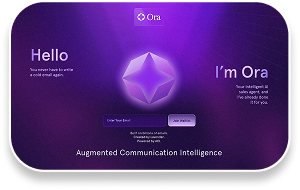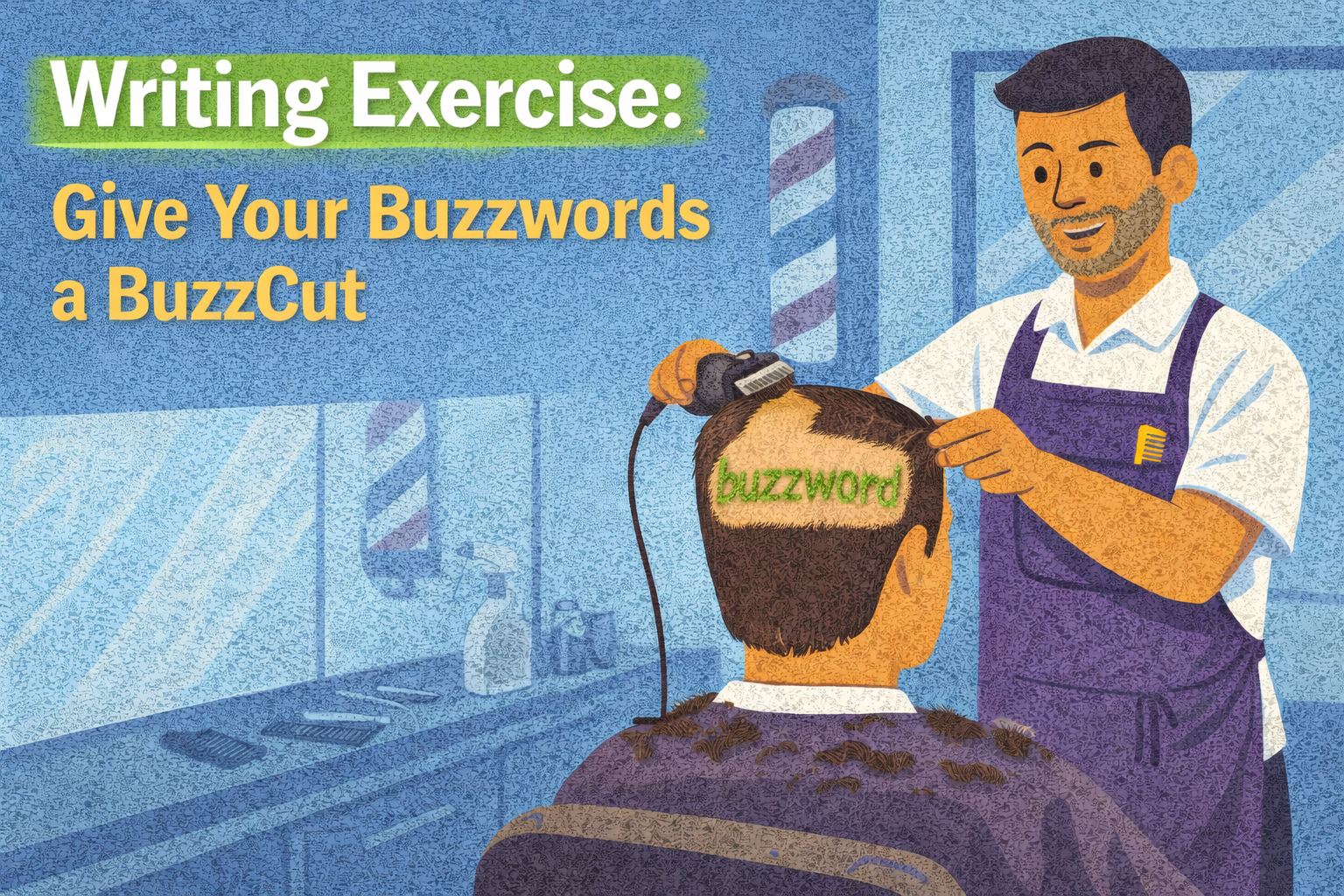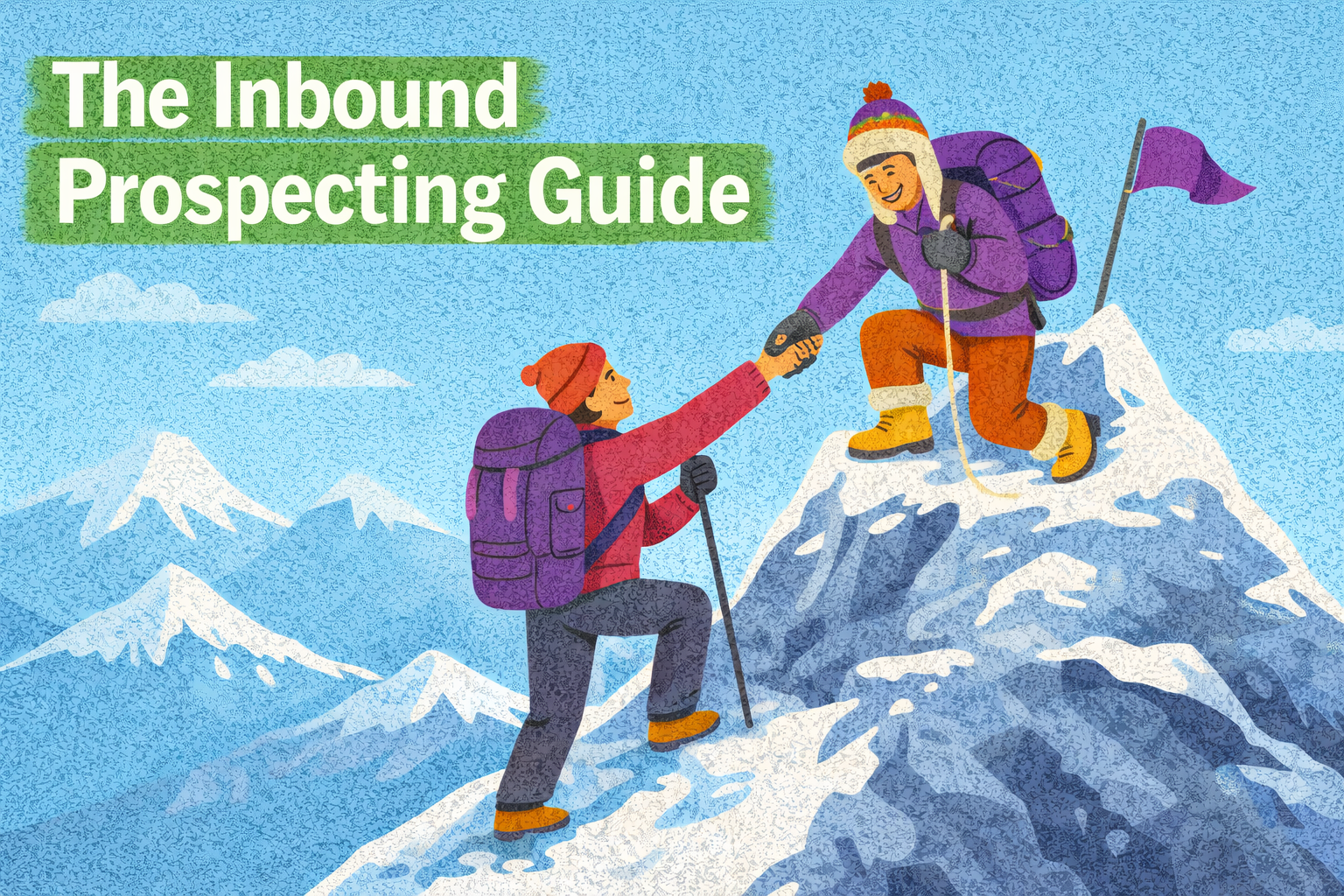Breaking the event marketing mold: How Lavender painted London purple
On the heels of another SaaStr event, we're pulling back the curtain on how we think and strategize our atypical event marketing.

A Lavender party isn’t a Lavender party because we wear purple or spend more than other teams. It’s because we find the whitespace.
When our team was a third of its size today, Lavender made a big splash at SaaStr Annual in San Mateo, CA., last year. They made an impression that was a catalyst for raising our Series A, and they didn’t have a huge budget, resources, or time. They rejected how things were typically done and sought to create a unique experience.
Now with capital and on the heels of our first big Lavender event of 2023, I think it’s time to shed some light on how we think.
Sellers and marketers like networking, but they also like to let loose. This is the core of “why” your events team hosts happy hours.
Event happy hours are a more laid-back environment than the conference floor. It’s where people connect on things beyond “our solution solves XYZ pain point.”
But this doesn’t mean a happy hour is the only way it can be done. We’re constantly asking ourselves, “How can we raise the bar?”
So as we began planning for SaaStr Europa in London last month, the key was to find opportunities to be different while also staying true to who we are as a team. The key? Finding the whitespace and building intentionally within it.
Planning the party
Similar to our party in San Mateo last year, we knew the easiest-to-find whitespace was going to be throwing an event with individual contributors (aka sales reps) at the forefront.
Every event always feels geared toward decision-makers. That's OK if your core business model is top-down sales. We grow that way too. We also have a bottoms-up motion that allows us to be more flexible in our thinking.
Adoption and user love are critical parts of how we win deals with both approaches. So it was important (and on brand 💜) to plan an event with this in mind.
We wanted to capitalize on this by creating an experience that couldn’t be done anywhere else — a piece of art in and of itself that could not be replicated. We also aimed to celebrate our existing users and bring newcomers into our community in a way was authentic to who we are.
The goal: Create a special and unreplicable experience for our community, customers, friends, fans, and prospects. We wanted to build relationships. I think we succeeded:






Here’s what we did:
We rented out the Van Gogh Immersive Exhibit in London. After our CEO William Ballance visited the Dalí Immersive Experience, it quickly became a two-part idea. What if our event was a two-venue spectacle? 🤔 A more chill gathering at Van Gogh followed by a DJ party at Dalí.
The event spaces had never heard of anyone trying to do it. And with Dalí closing soon, it would truly be unreplicable. All the more reason to lean in.
We booked a world-touring DJ, glitter makeup artists, LED dancers, a unique custom cocktail vendor, and virtual reality experiences.
We decided to not only invite a few UK-based customers, we also flew out a couple of U.S. users whose stories embodied the Lavender ethos. They joined the rest of our team activities in London, and frankly, it felt like they were part of the crew. 💜
We invited people via a web page and QR code in advance and at the SaaStr conference. We hyped it on social media, but the magic really happened when the team came together to invite people in person.
It wasn’t the kind of evening you could effectively put down on paper. You had to be there.
Lessons from our strategy
People are asking us questions like, “How did you do it? What did you learn? What were your goals and ROI?”
Here’s the thing: We don’t have a playbook to give you.
In fact, the strategy is not following a playbook. But we can share some advice to evolve and break the event marketing mold.
Don’t [overly] concern yourself with everyone else.
On day two of SaaStr, a booth vendor asked something like, “Why can’t we do what Lavender did?” Well, you can. In your own way, of course. You can be memorable on a budget. (See our SaaStr party in San Mateo last year.) If you're limited to a booth, consider how to make yours unique and how to create a genuine connection beyond it.
Plan to be memorable.
You won't win if you always play by someone else's rules. We didn’t want to just attend a conference, or just throw a party. To stand out and be memorable — to create an evening that lives rent-free in people’s minds long after it happens — we had to think big.
Big doesn’t always have to mean expensive, lavish, or intensive. We did something dramatically distinctive and on a massive scale. But that’s not the only way you can break from the norm and have success.
It’s about thinking differently and beyond what you’re used to doing. For example, think about the specific attributes of the conference you plan to attend. Consider what you can do in [insert city here] that you can’t do elsewhere.
We also leaned heavily into our brand, and what we know about our community to create an event we knew they would enjoy. If your brand is smart and quirky, for example, lean into that.
Act on spontaneity.
During any event, snafus are bound to happen. At our second venue, for example, very few partygoers took away the beautifully-designed, exclusive t-shirts we made for them. We turned a problem into a party.
We decided to distribute the shirts the next day of the conference. We grabbed a few tables at a nearby restaurant, invited partygoers and folks inside SaaStr, and made it an impromptu happy hour. People danced, sang, ate, drank, and at the peak, it was shoulder-to-shoulder on the restaurant patio. What a time!
The timing was crucial to this being a success. Everyone threw parties the night before, but no one threw parties the afternoon after. It seemed like everyone showed up for day two of SaaStr, so we were able to capture their attention. (This was also critical to our success in San Mateo. Takeaway: Being intentional about timing is key when you have a limited budget.)
Spontaneity brought us all back together on our last day in London. It was another moment to connect with our community. It didn’t require massive resources, much planning, or a big budget.
When you bring people together in the right environment — nurtured by joyful, helpful humans — relationships can flourish. And relationships are the foundation of business.
No idea is too wild.
When founders model a company’s ethos and values, it’s natural for others to follow suit. So when Gene Chan, one of our engineers, saw a street musician on the Tube (the London Underground train system) when we were discussing what to do with our t-shirts, he threw out an idea. “What if we hired this guy?”
Victor (the street musician) is a Caribbean steel drum player who joined us outside the restaurant during our spontaneous day two happy hour. He set the vibe for the event and was an integral part of its success. Go Gene! Event marketing is not just for marketers.
All hands on deck.
It’s a misconception that you need a big budget, resources, or ample time to plan something memorable. We’re a small but mighty team of 20, and about half joined us in London. Our activities were planned in a few weeks, brilliantly spearheaded by Emily Jeffords, our Operations Wizard.
Once the team was in London, it was all hands on deck to pull off every detail. Each individual selflessly pulled their weight (and then some), helping and all working toward a common goal with smiles on their faces. I’ve never seen teamwork like this.




Define ROI.
“What’s your return on investment?” This is my favorite question. To which, I would say, define how you think about ROI. How can you put a figure on a relationship or extraordinary brand awareness?
We had nearly 600 people register for our parties (on day one). We gave out 300+ shirts at our pop-up happy hour. Across the team, countless conversations occurred with old friends, new friends, customers, buyers, and people who may never purchase Lavender, but they’ll never forget us.
The qualitative feedback alone has solidified that our goals to have fun and build relationships were more than achieved. Revenue starts with brand equity.
Is our pipeline full post-event? Yes. But human connection is not a line item in a spreadsheet. 💜







